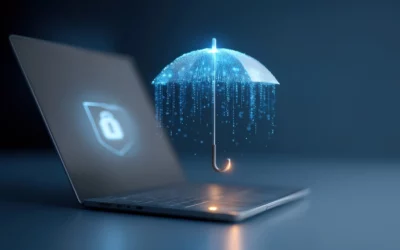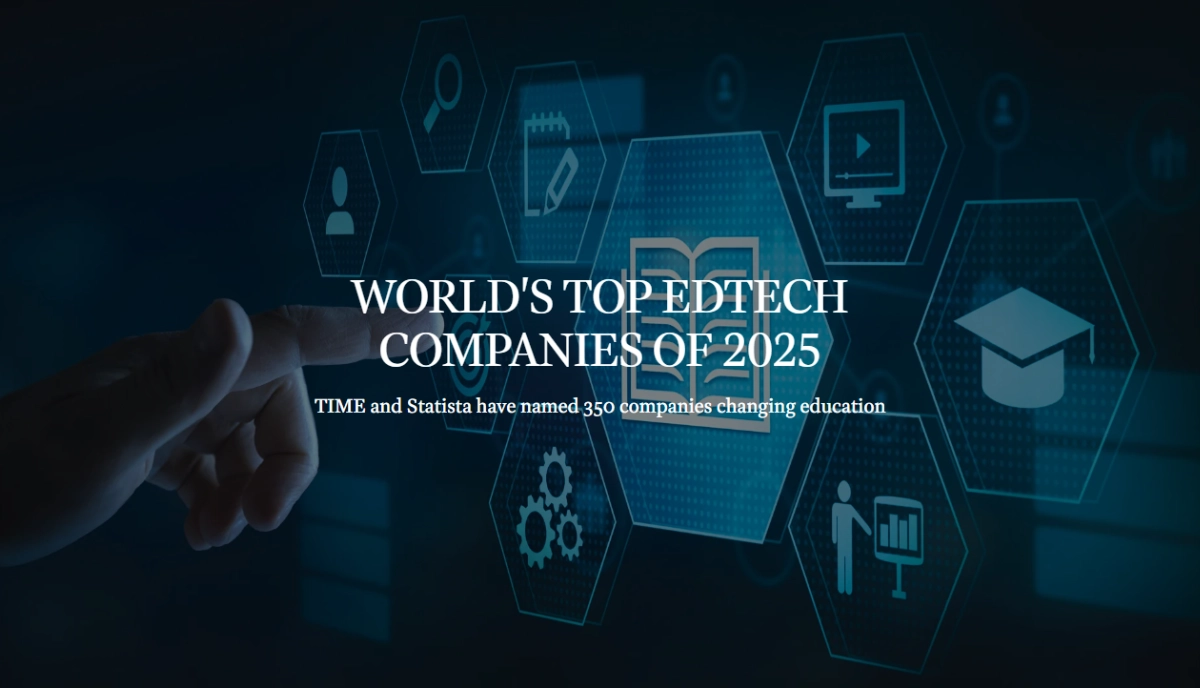E-Volve, the New Training Approach by Cyber Guru
Fighting against the windmills of change may seem heroic, in the quixotic sense of the word, but in the end it is pathetic. The only truly bold attitude consists in deeply understanding the transformations that progress brings us, to turn them to our advantage .
The concept, which we have borrowed, was expressed by Lebanese writer Amin Maalouf and perfectly fits the period we are living through as well as the content of this article.
The change intended by Maalouf has, naturally, an existential meaning and can refer to many things, but here we are specifically talking about technological change. We have been immersed in it for decades now, but in recent years it has had such a sharp acceleration that many think they are unable to keep up.
Indeed, if we look back and try to make some comparisons, we discover how strong the pace of this acceleration is and how much effort it requires us to keep up with it. Let’s start with a relatively recent tool: the computer. To conquer an audience of fifty million people, it took about fourteen years; the mobile phone took twelve, the Internet seven, YouTube, to reach its first 50 million users, took only four years. And these might already seem like short times compared to older technological conquests, like television or radio.
Then artificial intelligence arrived and disrupted every temporal reference. ChatGPT, two months after its online debut, already counted 100 million active users per month.
To give a very recent figure, referring to our country, in April of this year alone, artificial intelligence applications were used by about 8.8 million Italians, equal to about one-fifth of Internet users in the country.
Impressive numbers that indicate the speed and scope of adoption but also the level of connected risk.
Just to give an example, the latest in terms of time, it is very recent news that thousands of conversations with ChatGPT, shared by users through public links, appeared among Google search results. To prevent this from happening, users would have had to, first of all, be aware of the trap, then disable a rather hidden function that allowed indexing of the links.
Following the controversy, OpenAI disabled the option, but many private contents remained online.
It’s just one example among many that reminds us to always pay attention to our online actions, not to move on the web superficially and to evaluate the possible consequences of our actions. Certainly, it’s true that along with the speed of technological development, our ability to manage it has also grown, but it’s also true that there are no instruction manuals for these tools, users’ approach is still rather intuitive and spontaneous, and regulations cannot keep pace.
Just think that the world’s first regulation on artificial intelligence, the AI Act, signed by the European Union, arrived just a year ago, in August 2024.
Therefore, however important regulatory measures may be, change still runs faster than the measures designed to manage it. Even defensive technology, although increasingly advanced thanks also to artificial intelligence itself, is still not sufficient to protect us.
Because the most significant attack is the one that targets the human factor, which is still the weakest link in the entire security chain today.
This is why every citizen and every professional, employee or collaborator, is called to personally take responsibility for each of their online actions.
The real question then is: how do you protect your private and professional life from increasingly cunning and aggressive cybercrime?
Simple, by changing your mental attitude.
To tell the truth, there’s very little that’s simple about it, but that’s how it is. There are no alternatives, shortcuts, discounts, delegations. You must develop
E-Volve, the New Training Approach
This is the vision that underlies e-volve, Cyber Guru’s new training approach, which represents a radical transformation in the world of education.
We’re talking about an approach that is, yes, innovative, but that represents the logical evolution of Cyber Guru’s training method. This presented itself, just under 10 years ago, in the
Today e-volve represents a further step and transforms Cyber Guru’s training into an even more permanent and adaptive process: not just a methodology, but a new way of conceiving training designed to accompany human beings in their evolution toward Adaptive Intelligence and toward greater use of the more rational thinking system.
For Daniel Kahneman, Nobel Prize winner in economics, there are indeed two thinking systems: the one defined as System 1, which activates the prefrontal lobes and is slower and more rational, and the one defined as System 2, based on very emotional reactivity.
According to Kahneman, human beings, even though convinced they are rational, make most of their decisions with the second thinking system, which costs considerably less effort.
Just to give some numbers, we generally make 35,000 decisions per day, of these, 34,000 are made with the fast system.
Naturally, bringing the reasoning back to Cyber Security and starting from the assumption that cybercriminals know well the fast and instinctive ways in which most people respond to stimuli and, consequently, easily fall into traps, it is fundamental to strengthen the rational thinking system and develop Adaptive Intelligence.
This means not only recognizing threats, but knowing how to face and neutralize them dynamically, without being paralyzed by uncertainty. A result achievable only with a continuous, practical and adaptive training process, which is the prerequisite for moving from Security Awareness to Security Mastery.
If with the first you mainly appeal to “awareness,” with the second you resort to “mastery.”
The concept of Security Mastery can be framed in the three fundamental levels of training:
- Knowing – acquiring knowledge, understanding cyber threats, attack strategies and security principles; learning best practices to protect data and reduce risks.
- Knowing how to do – applying knowledge in practice, developing operational skills, such as recognizing a phishing attack or protecting one’s credentials; training through simulations and realistic scenarios to internalize defense mechanisms.
- Knowing how to be – adopting a defensive and proactive mindset; integrating security into daily behavior, making it a natural habit; maintaining a vigilant and adaptive attitude in the face of constantly evolving threats.
At the foundation is the conviction that knowing is not enough, you must evolve, because Security Awareness is not a destination, but a dynamic process in continuous growth. To hit the target, teaching and practice must merge, making the boundary between theory and practice increasingly thin and implementing active engagement of people.







